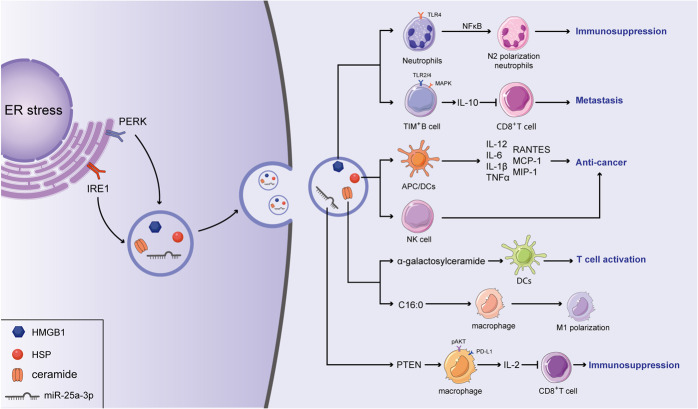Fig. 2. ER stress regulate the secretion of EVs which contained immunomodulatory factors.
In response to ER stress, ER stress transducers (IRE1 and PERK) facilitated the MVBs formation and boosted the EVs-mediated release of HMGB1, HPSs, ceramide, and miRNA. And HMGB1 has been reported to suppressed anti-tumor immune response by promoting the N2 polarization of neutrophils via activating the NF-κB pathway. Moreover, HMGB1 has an inhibitory effect on CD8+ T cells by stimulating the expansion of the TIM-1+Breg cells and increasing the expression of IL-10 through the MAPK and TLR 2/4 pathways. Exosomal HSP90, HSP70, and HSP60 have been indicated to promote the chemotherapy resistance of cancer cells. Nevertheless, Hsp72 activates the effect of NK cells, simultaneously promoting the release of inflammatory factors in APCs to stimulate the anti-cancer response. C24:1 and C18:0 ceramides promote chemoresistance in multiple cancer while alpha-galactosylceramide enhances T-cell-mediated anti-cancer response through the activated effect of dendritic cells. miR-23a-3p decreases the production of IL-2 and recedes the function of CD8+ T cells by inhibiting PTEN and then increasing the AKT-mediated PD-L1 expression in macrophages.

